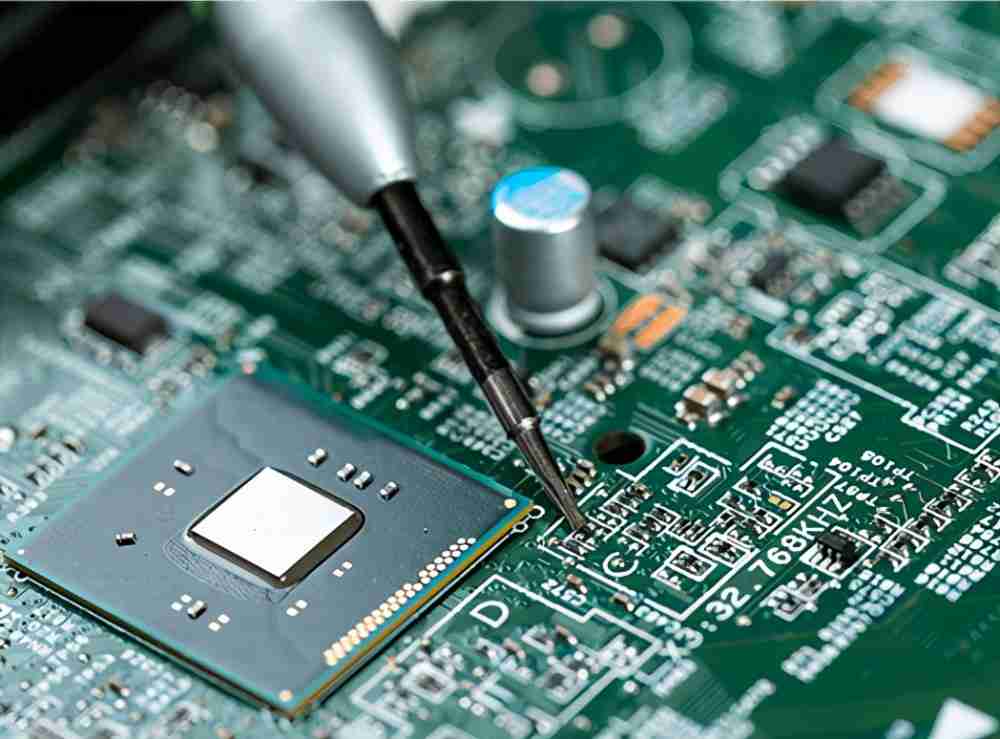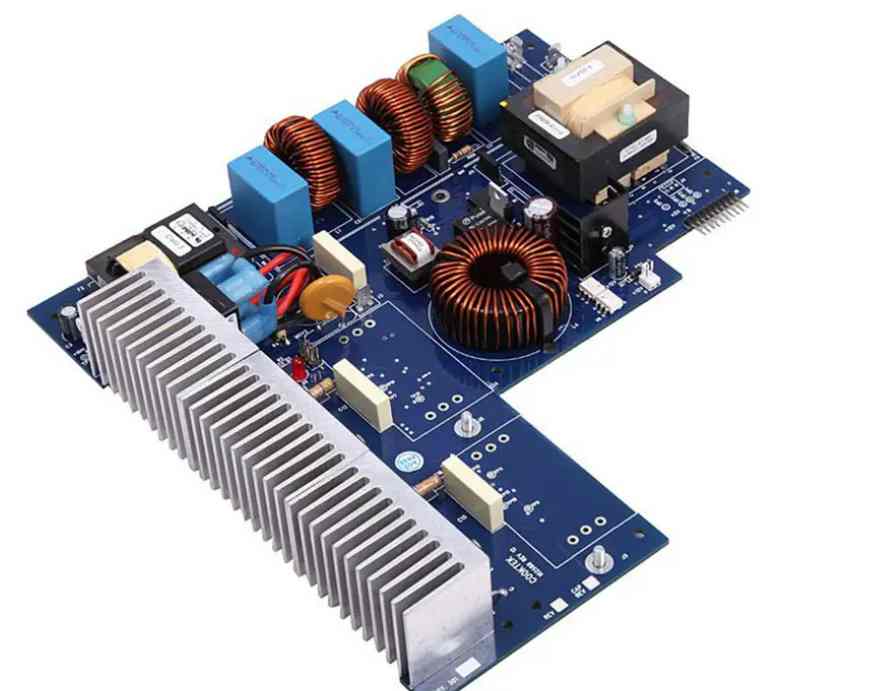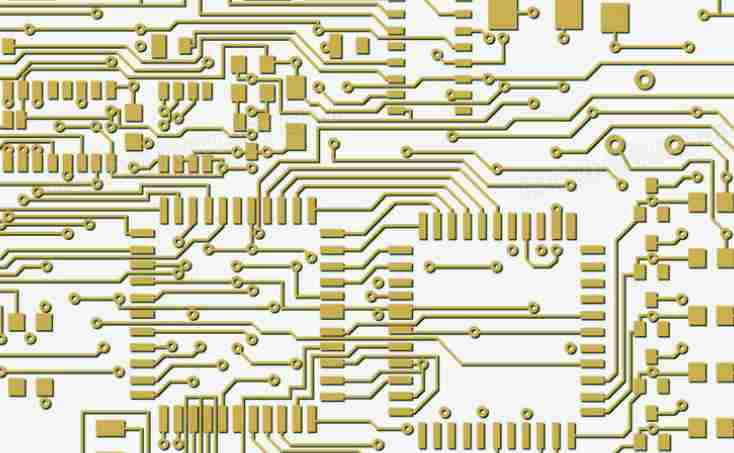
How do I identify PCB board problems when I encounter them? Once a PCB laminate problem is encountered, you should consider adding it to the PCB laminate material specification.
1. Able to track and find
It is impossible to manufacture any number of PCB boards without encountering some problems, mainly due to the PCB coppered material. When quality problems occur during actual manufacturing, it often seems to be because the PCB substrate material is the cause of the problem. Even the well-written and actually implemented technical specifications for PCB laminates do not specify the test items that must be carried out to determine that PCB laminates are the cause of manufacturing process problems. Here are some of the most commonly encountered PCB laminate problems and how to identify them.
Once a PCB laminate problem is encountered, you should consider adding it to the PCB laminate material specification. Under normal circumstances, if this technical specification is not met, it will lead to constant quality changes, resulting in product obsolescence. In general, material problems caused by PCB laminate quality changes occur in products manufactured by manufacturers using different batches of raw materials or using different pressure loads. Few users have sufficient records to distinguish specific pressure loads or material batches at the processing site. As a result, PCBS often produce and mount components continuously, creating warping in the weld slots, thus wasting a lot of labor and expensive components. If the batch number of the material is immediately available, the PCB laminate manufacturer can check the batch number of the resin, the batch number of the copper foil, and the curing period. In other words, if the user cannot provide continuity to the PCB laminate manufacturer's quality control system, this will lead to the user himself suffering in the long run. The following describes general issues related to substrate materials in the manufacturing process of PCB circuit boards.

Two, surface problems
Phenomenon: printing material adhesion is poor, electroplating adhesion is poor, some parts can not be etched off, some parts can not be welded.
Available test methods: Usually used for visual inspection of visible streaks of water on the surface of sheets:
Possible reasons:
The uncoated copper surface is too bright due to the very dense and smooth surface produced by the release film.
Usually on copper-free surfaces of laminates, laminate manufacturers do not remove the release agent.
Pinholes in the copper foil cause the resin to flow out and accumulate on the surface of the foil. This usually occurs on copper foil that is thinner than the 3/4 oz weight specification.
Copper foil manufacturers coat copper foil surfaces with excessive amounts of antioxidants.
The laminate manufacturer changes the resin system, stripper thinning, or scrub method.
There are many fingerprints or oil stains due to improper operation.
Impregnated with engine oil during stamping, blanking or drilling operations.
Possible solutions:
Before making any changes to laminate manufacturing, work with the laminate manufacturer and specify the user's test items.
Laminate manufacturers are advised to use a fabric - like film or other release material.
Contact laminate manufacturers to check each batch of unqualified copper foil; Ask for a recommended solution for resin removal.
Ask the laminate manufacturer about removal methods. Hydrochloric acid is recommended, followed by mechanical scrubbing to remove.
Contact laminate manufacturer and use mechanical or chemical elimination methods.
Educate all process personnel to wear gloves to handle copper-clad panels. Find out if the laminate comes with a suitable pad or is packaged in a bag that is low in sulfur and free of dirt. When working with copper foil containing silicon cleaner, be careful to ensure that no one touches it.







